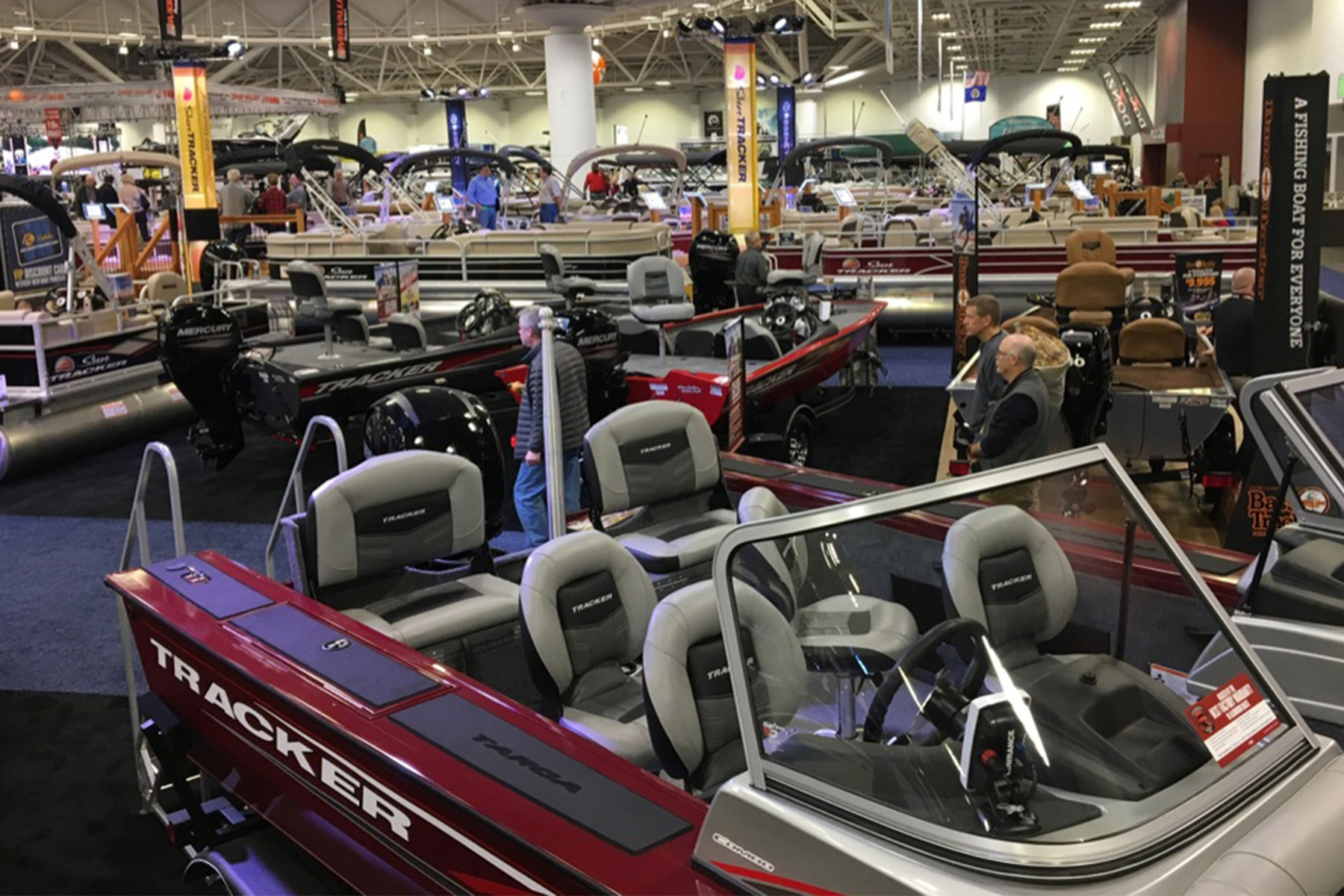You go boating to have fun. There is a serious side, though, that when overlooked can bring unwanted and/or tragic circumstances to your favorite pastime. The topic is boating safety, and it’s not as boring as you might think.
You already know the consequences of driving over the speed limit or running a stop sign in a car. The rules are the same on the water. Violate a law and face getting a citation. Moving violations are only part of the reason boating safety awareness is a must. There’s also required safety gear that must be aboard the boat to keep it legal.
Knowing all the rules and requirements can be confusing. It’s your responsibility to know what is required—or not required but still useful—to make your boating experience safe and enjoyable for you and your crew.
If you’re new to boating, this list can help get you started. If you’re a savvy skipper, use it as a refresher to keep current on boating safety.
Your boat must meet the minimum legal requirements for safety equipment as designated by the U.S. Coast Guard. Here is what the law requires for boats between 16 and 26 feet.
Depending on where you boat, there is more gear you can add.
Unlike highway intersections, waterways aren’t marked where boats meet. There are rules in place, though, to keep the waters safe when encountering other boats. Knowing a few simple right-of-way rules will help you avoid a collision.
Crossing rule: When encountering another boat at a 90-degree angle, the vessel that has the other on its starboard side must yield the right of way. Slow down or steer away and allow the other boat to cross your bow.
Meeting rule: When meeting another boat head-on, neither has the right of way. Alter your course to starboard so each vessel passes on the port side of the other.
“Red Right Returning” refers to keeping a red buoy on the right/starboard side when returning to a harbor, boating upstream or entering a channel from seaward.
Boating laws vary by state, and it’s your responsibility to know them. Different laws cover boating-under-the-influence, boating safety course requirements and even permits required for exotic species inspection. Know laws in other states before you visit them to be legal during your trip.
Always check local weather conditions before heading out. Tuning into NOAA Weather Radio on your VHF transceiver or weather radio is a start. In summer, conditions can change before the forecast is revised. Before leaving the dock, look for darkening clouds, volatile and changing winds or sudden drops in temperature.
Inform friends or staff at the marina of your voyage plans. Leave names and phone numbers for all passengers, your boat model and registration information and the contact information for the captain. It’s also important to share your expected departure and return times and a trip itinerary.
LED lights are the latest fad in boating and for obvious reasons. They are bright, come in different colors and can be mounted just about anywhere to add head-turning beauty. Just be careful where you use them for decorating, as you could be in violation of a Coast Guard law. It states that LED lights cannot be mistaken for navigation lights, nor can they impair the visibility of navigation lights.
Boating should be as stress free as possible. There are ways to ensure your boat is ship-shape safe. You can get peace of mind and helpful tips from the U.S. Coast Guard Auxiliary and the United States Power Squadron. Both organizations offer free vessel safety checks, and there are no consequences if your boat fails the inspection. Contact an auxiliary or squadron in your area to set up an inspection.
The U.S. Coast Guard estimates that 70% of boating accidents are caused by operator error. You can avoid adding to that statistic by taking an approved boating safety course, which is required in many states to operate a boat anyway. Approved courses are available from the Coast Guard and organizations like BoatUS.
Above all else, use common sense when boating. Boat safe, boat smart and you’ll enjoy carefree days on the water.










